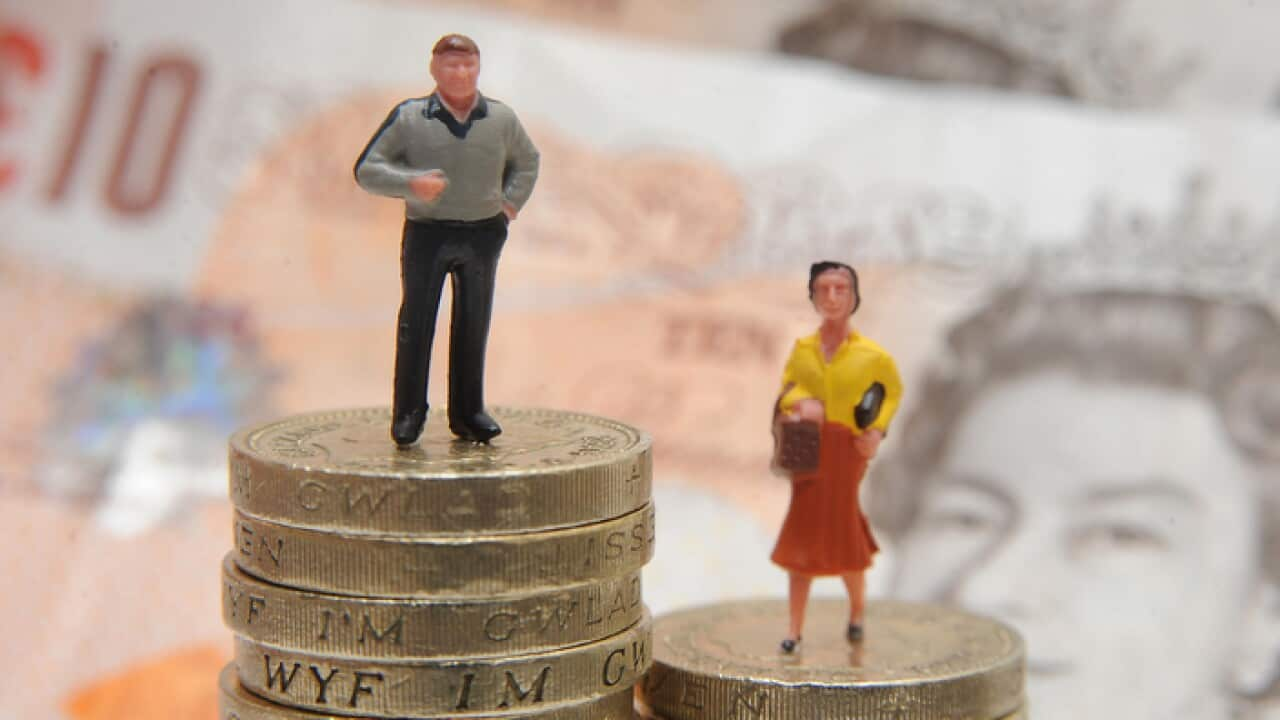Italiano
A Lower Hutt, una città a nord-est di Wellington, le donne Māori intonano una benedizione per l'uccello più famoso della Nuova Zelanda.
La cerimonia segna la liberazione di 11 kiwi nel loro habitat naturale: un terreno che è stato ora ripulito dalle specie invasive che avrebbero mangiato i loro piccoli.
Il Dipartimento della Conservazione stima che ogni settimana 20 di questi uccelli dal becco lungo e che non volano vengono uccisi dai predatori.
A questo ritmo, i kiwi rischiano l'estinzione entro la fine del secolo.
Ecco perché James Willcocks, direttore del progetto Predator Free Wellington, ha fatto della reintroduzione una priorità.
“Our project is about eliminating every single last rat, stoat, possum and weasel from our capital city. We’re doing that because they’re chewing through our native wildlife. You know, we’re at the top of the list of threatened endangered species in the world.”
Il progetto fa parte dell'obiettivo nazionale di liberare la Nuova Zelanda dalle specie invasive entro il 2050.
Dalla spiaggia cittadina di Oriental Bay alle colline di Mount Victoria, il movimento si è diffuso.
I kiwi sono considerati “taonga”, ovvero un tesoro per i Māori, che hanno un forte legame culturale e storico con questa specie.
Sono formalmente riconosciuti nelle rivendicazioni del Trattato di Waitangi, con un riferimento specifico al coinvolgimento dei Māori nelle attività di recupero dei kiwi.
Oltre 85 milioni di anni fa, le isole della Nuova Zelanda si separarono dal supercontinente Gondwana.
Poiché non c'erano mammiferi terrestri a competere per il cibo, specie come il kākāpō, il pappagallo più grande del mondo, si sono evolute senza volare.
Il moa, un uccello simile all'emù, raggiungeva i 3,6 metri di altezza e pesava oltre 230 chilogrammi.
Alla fine è stato cacciato dall'uomo fino all'estinzione in meno di 100 anni.
Oggi i veri predatori sono specie invasive come l'opossum australiano dalla coda a spazzola o gli ermellini, che possono uccidere animali fino a tre volte più grandi di loro.
Ma molti uccelli terrestri sono protetti in santuari come la Kapiti Island Nature Reserve, che è stata libera da predatori per quasi 30 anni.
John Barrat lavora come conservatore sull'isola.
“I think you learn to expect the unexpected, for one thing. Learn to be able to go with the flow to a large extent as well and learn to live with a loss here and there because it doesn’t go perfectly all the time and learn to cope with the occasional loss here and there. But by and large, this process has been a slow burn.”
A Wellington, i volontari dedicano più di 55.000 ore all'anno nella speranza di creare la prima capitale al mondo senza predatori.
È diventato un simbolo di orgoglio lungo il percorso turistico, con un murale sul ciglio della strada a Miramar, vicino all'aeroporto internazionale della città, che dichiara che sta vincendo la guerra contro le specie invasive.
Ora, per la prima volta in quasi 150 anni, si possono sentire i kiwi cinguettare di notte dalle colline intorno a Wellington.
James Willcocks ha detto che è un segno del successo della sua squadra.
"The kiwi is our national symbol. It’s who we are known as, as people, and we take a lot of our sense of belonging from that animal; so it’s our duty to look after it.”
Inglese
In Lower Hutt, a city in northeast Wellington, Māori women chant a blessing for New Zealand's most famous bird.
The ceremony marks the release of 11 kiwis back into their natural habitat: land that has now been cleared of invasive species that would have eaten their young chicks.
The Department of Conservation estimates 20 of these long-beaked flightless birds are killed by predators each week.
At this rate, kiwis face extinction by the end of the century.
That’s why James Willcocks, Project Director at Predator Free Wellington, has made reintroduction a priority.
“Our project is about eliminating every single last rat, stoat, possum and weasel from our capital city. We’re doing that because they’re chewing through our native wildlife. You know, we’re at the top of the list of threatened endangered species in the world.”
The project is part of a nationwide goal to rid New Zealand of invasive species by 2050.
From the city beach in Oriental Bay to the hills in Mount Victoria, the movement is widespread.
Kiwis are considered 'taonga', or a treasure to Māori people, who have strong cultural and historic ties to the species.
They are formally recognised in the Treaty of Waitangi settlement claims, with specific reference to Māori involvement in kiwi recovery work.
Over 85 million years ago, New Zealand's islands split away from the supercontinent Gondwana..
Because there were no land mammals to compete for food, species like kākāpō, the world's largest parrot, evolved to flightlessness.
Moa, an emu-like bird, grew up to 3.6 metres tall and weighed over 230 kilograms.
It was ultimately hunted to extinction by humans in less than 100 years.
Today, invasive species like the Australian brushtail possum, or stoats, which can kill animals up to three times their own size, are the real predators.
But many land birds are protected at sanctuaries like Kapiti Island Nature Reserve, which has been predator-free for almost 30 years.
John Barrat works as a Conservationist on the island.
“I think you learn to expect the unexpected, for one thing. Learn to be able to go with the flow to a large extent as well and learn to live with a loss here and there because it doesn’t go perfectly all the time and learn to cope with the occasional loss here and there. But by and large, this process has been a slow burn.”
In Wellington, volunteers dedicate more than 55,000 hours a year in hopes of creating the world’s first predator-free capital city.
It's become a symbol of pride along the tourist trail, with a roadside mural in Miramar near the city’s international airport, declaring that it's winning the war against invasive species.
Now kiwis can now be heard tweeting from the hills around Wellington at night for the first time in almost 150 years.
James Willcocks says it's a sign of his team's success.
"The kiwi is our national symbol. It’s who we are known as, as people, and we take a lot of our sense of belonging from that animal; so it’s our duty to look after it.”












